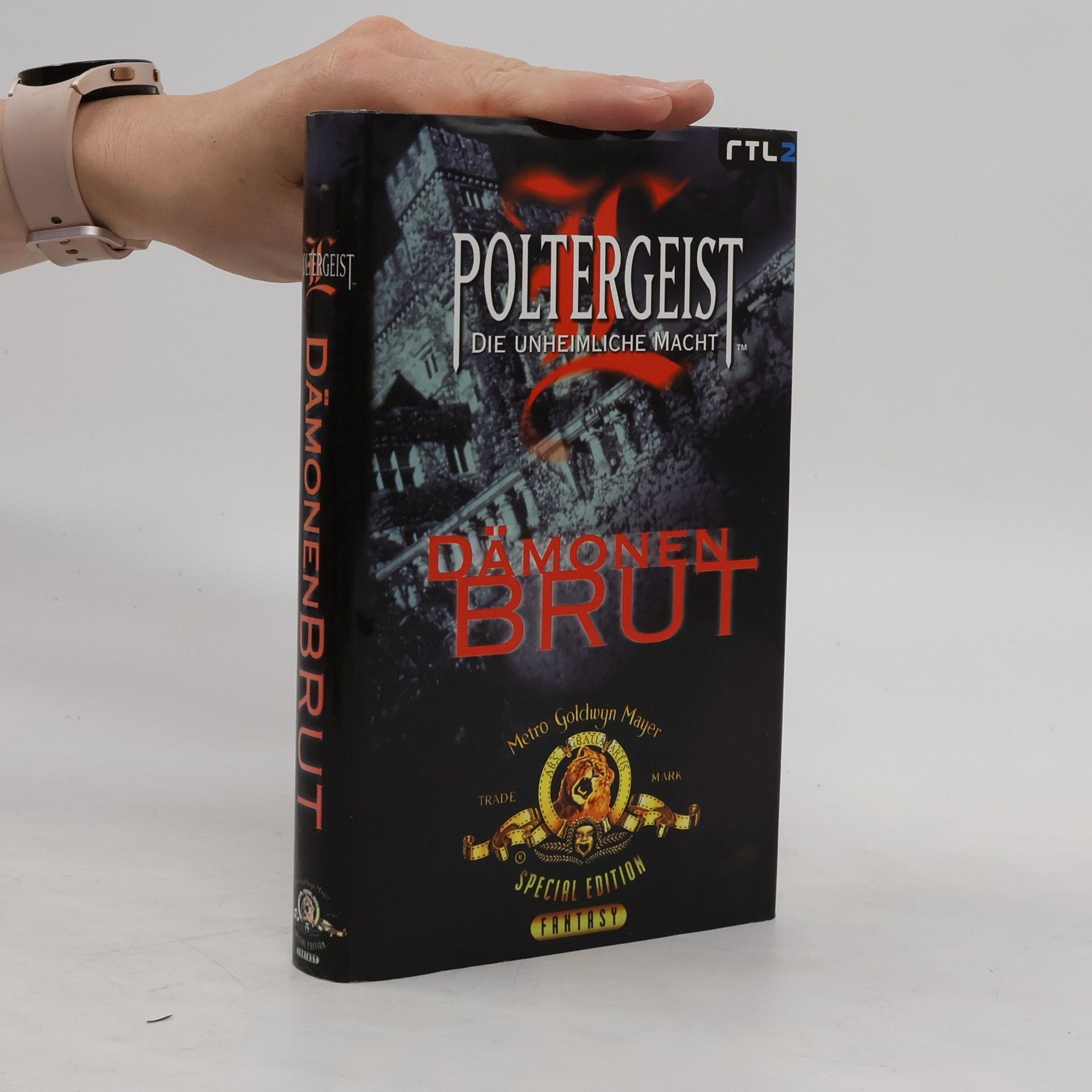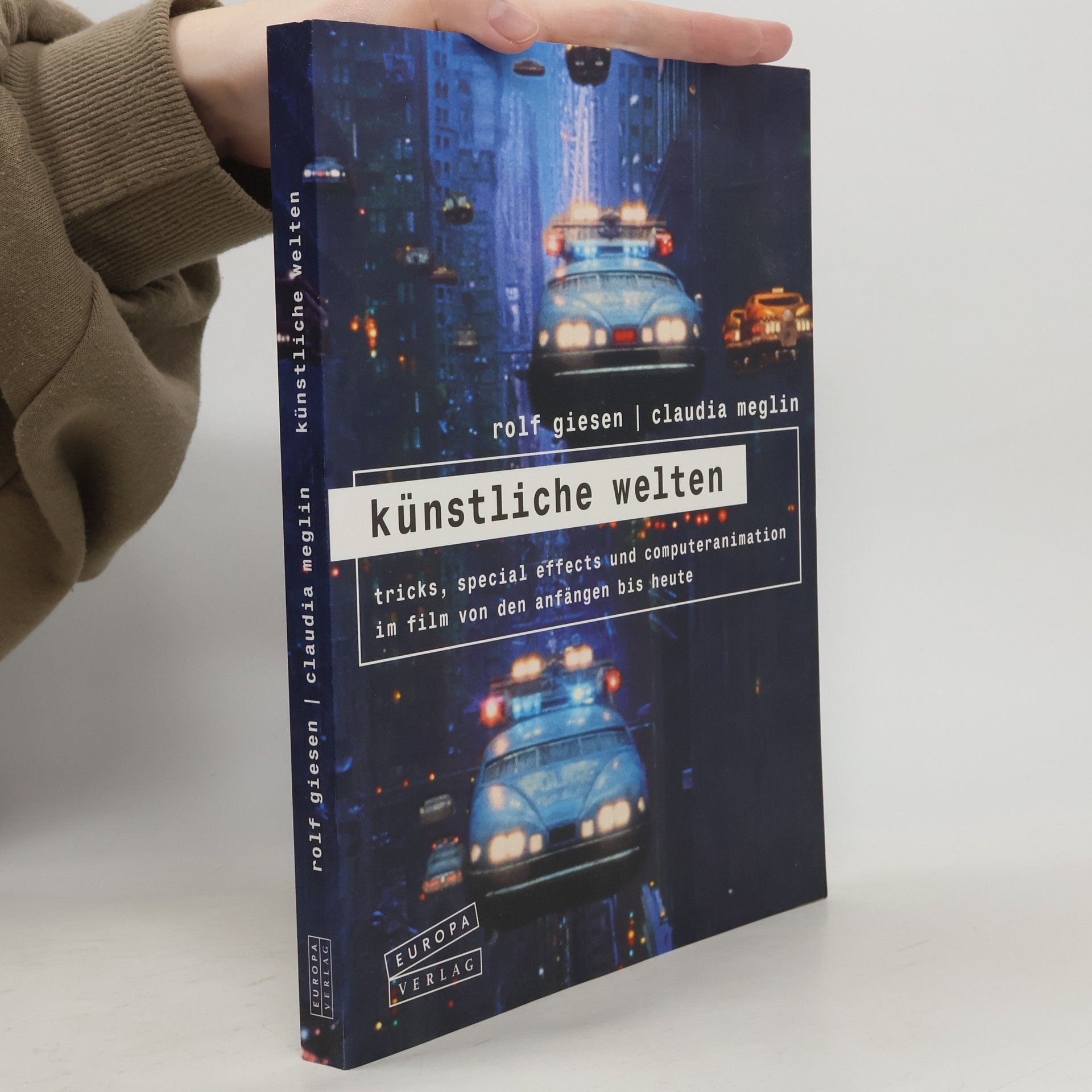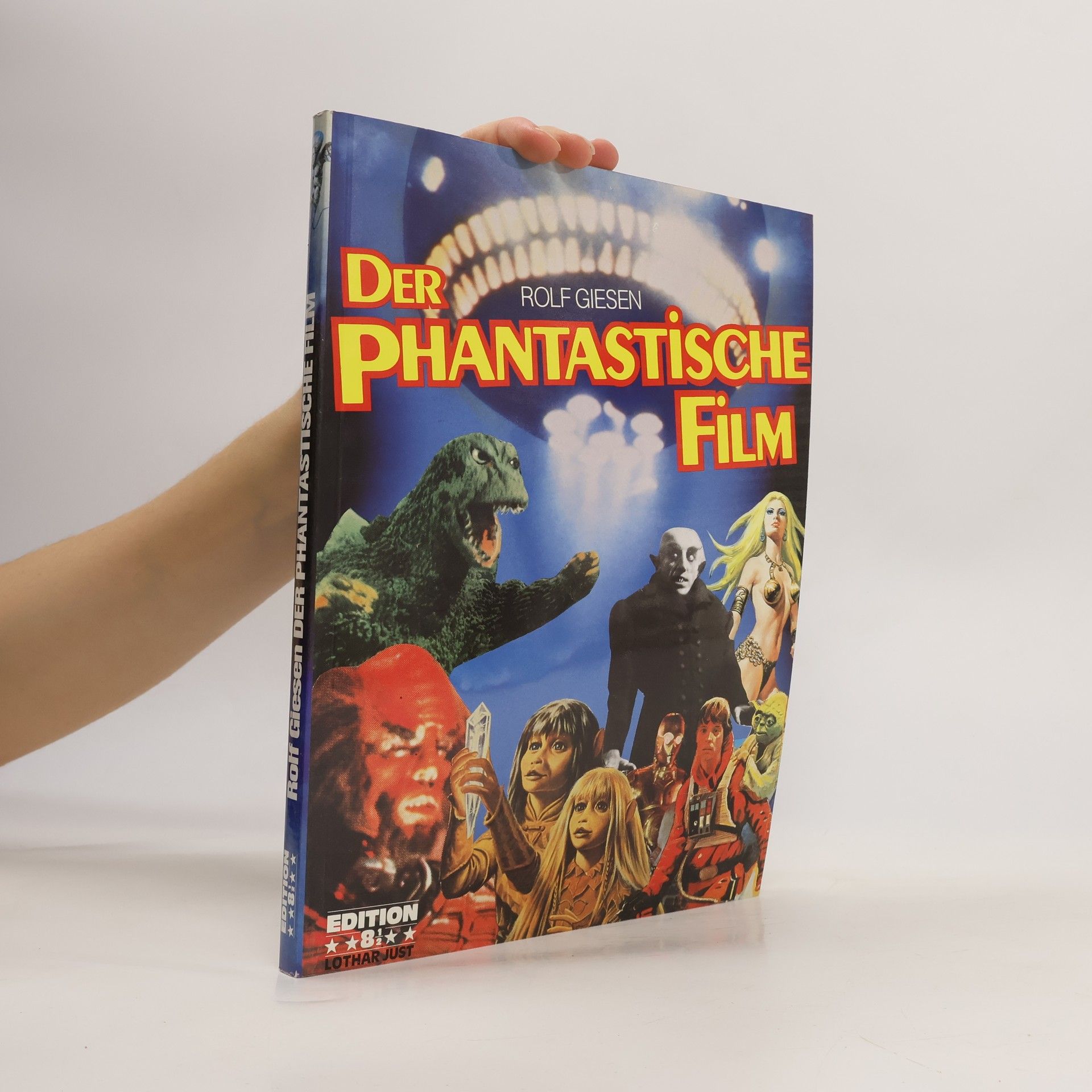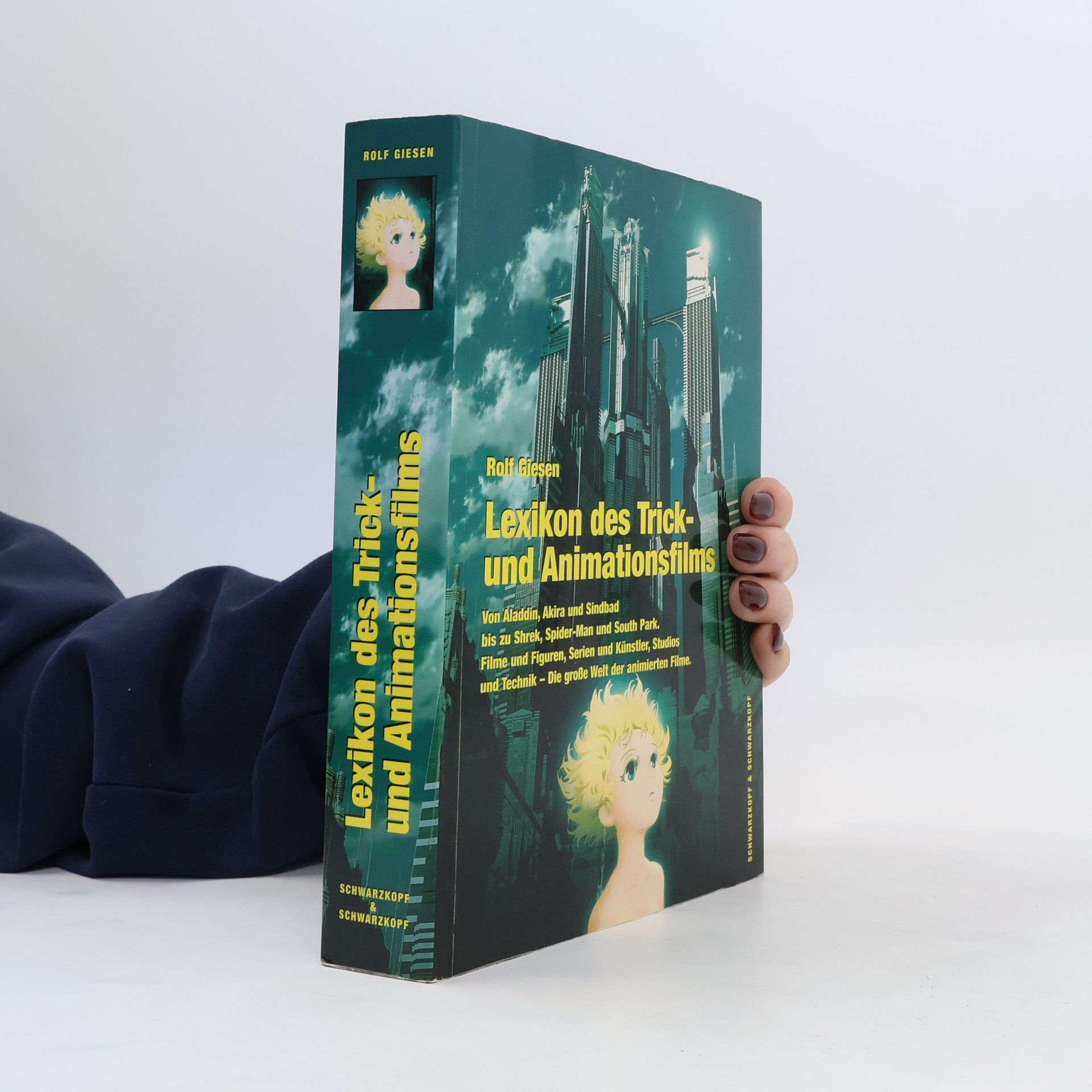Golem, Caligari, Nosferatu - A Chronicle of German Film Fantasy
- 532pages
- 19 heures de lecture
Exploring a rich tapestry of fantasy and horror, this collection features a diverse array of characters and themes, including fairies, witches, and dragons, alongside darker elements like vampires and the supernatural. The narrative weaves through nightmares and children's tales, incorporating robots, mad scientists, and occultism, while also delving into post-apocalyptic scenarios. This anthology captures the essence of imagination, blending folklore with science fiction, creating a captivating universe filled with wonder and terror.





